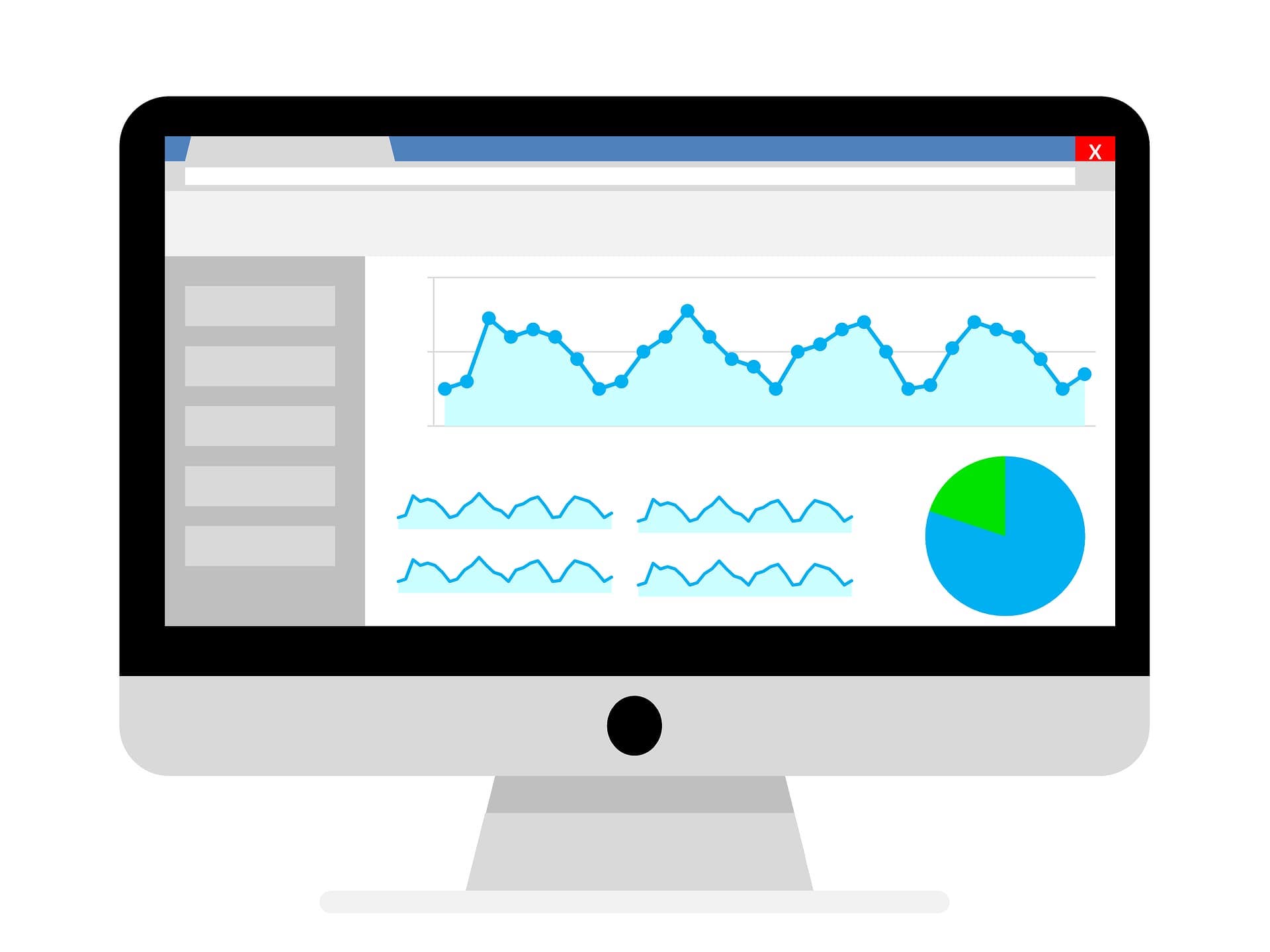

No matter what type of website you have, getting more leads and visitors to your site is the main priority. Once these visitors are on your site, the main goal is keeping them there, whether it is buying a product, subscribing to a newsletter, or even filling in a contact form. If a visitor jumps off your site quickly, your bounce rate will increase. A high bounce rate is one of the most common conversion killers. In this blog, we are going to discuss how to reduce your website's bounce rate.

Bounce rate is one of the most mysterious metrics when it comes to digital marketing. It gives you an insight into how a site is performing and the overall user experience. A bounce rate is defined as the percentage of visitors to a single page on your site and left the site after just a one-page visit. An example of this is when a user leaves your site with no further browsing or engagement.
If your site has these kinds of issues, it is important to solve them prior to finding the best ways to reduce your bounce rate.
As far as analytics is concerned, bounce rates can be subjective. Your goal should be to keep the bounce rate as low as possible while simultaneously boosting your site's conversation rates.
Before you begin it is a good idea to identify your top pages with the highest bounce rate. Google analytics usually identifies the issues so they can be fixed.
User experience encompasses every aspect of the end user's interaction with the products, the services, and the company. User experience is the overall feeling a person gets when interacting with your site. A good user experience is when a visitor finds a site is user-friendly. Your site must be usable on all platforms such as mobile phones, laptops, and desktops. Carefully watch what influences a user's decision and how they are behaving online. Your site should have a simple yet very pleasing design and layout. If your site contains too many irrelevant images or content that doesn't add any value, your bounce rate will likely suffer in the long term.
Your website should load up in an instant. If it takes longer than a few seconds, then the consumer may jump off and move on to another site. If your landing pages load slowly, then your bounce rate will also be affected. Google can be concerned about the speed of your site, and it may affect your rankings in future core algo updates. If your site is consistently slow to load, it will result in a higher bounce rate. A slow site will discourage consumers to buy from you. It doesn't matter how good or bad your page content is, if a user can't see it or read it, it will affect your bounce rate. 47% of users expect a site page to load in 2 seconds or less. Making changes to the on-site will help reduce the bounce rate. Google page speed and Pingdom can be used to optimise every landing page on your website. Here are some ways to increase the speed of your site:

The majority of content on some websites is in text format. Content is one of the most crucial and important elements that shape your website's visual appeal. The text on your site should be easy to read on all devices such as mobile phones, desktops, laptops, and tablets. If the content doesn't address the user's needs, then they are not going to stick around. Develop engaging content that will speak to your visitors and their objectives. User experience begins when your content is readable and legible. Blogs created with good content and poor formatting will result in higher bounce rates. If your site is populated with irrelevant, boring, or incorrect content, then your visitors will bounce off and your conversions will suffer. Here are a few tips to make your content more readable:
High-quality images are an effective way to lower your website bounce rate. Low-quality images on a site can cause high bounce rates. Uneven cropping and low resolution can make a great image look awful. You can use high-quality images as background slides, Fullscreen backgrounds or as inline images next to your call to action. Choose images that show off your brand in the best possible light and you will reap the benefits of this long term.
The number of users accessing the web through their mobile phones increases every year so it is so important to have your site optimised to work efficiently on mobile. Failing to optimise your site to work on a phone properly will then increase your bounce rate as the user will take the business elsewhere. Your site must display perfectly through a mobile view. Almost 95% of your consumers are using a mobile to search on the web. Google follows users. The best way Google can get accurate information is by monitoring the activities of a user on your site, from mobile and desktop. Mobile-friendliness is a ranking factor. If your site isn't mobile-friendly, no matter how useful your content may be, it won't rank well on Google search results.

If your site bounce rate is too high, you need to assess all metrics of your site thoroughly. Check all technical issues, your site's content, internal links, and site loading speed, this way you can maintain and lower bounce rates to achieve great digital marketing success online. If you provide the consumers what they need, then they will more than likely browse and convert to sales. With enough steady and effective attention to your site, your bounce rate will remain low and your audience will be happy.
Contact us today for your FREE quote!
SEO Solutions, 6a Trinity St, Dublin 2.
@ by SEOSolutions.ie | All Rights Reserved | Terms & Conditions